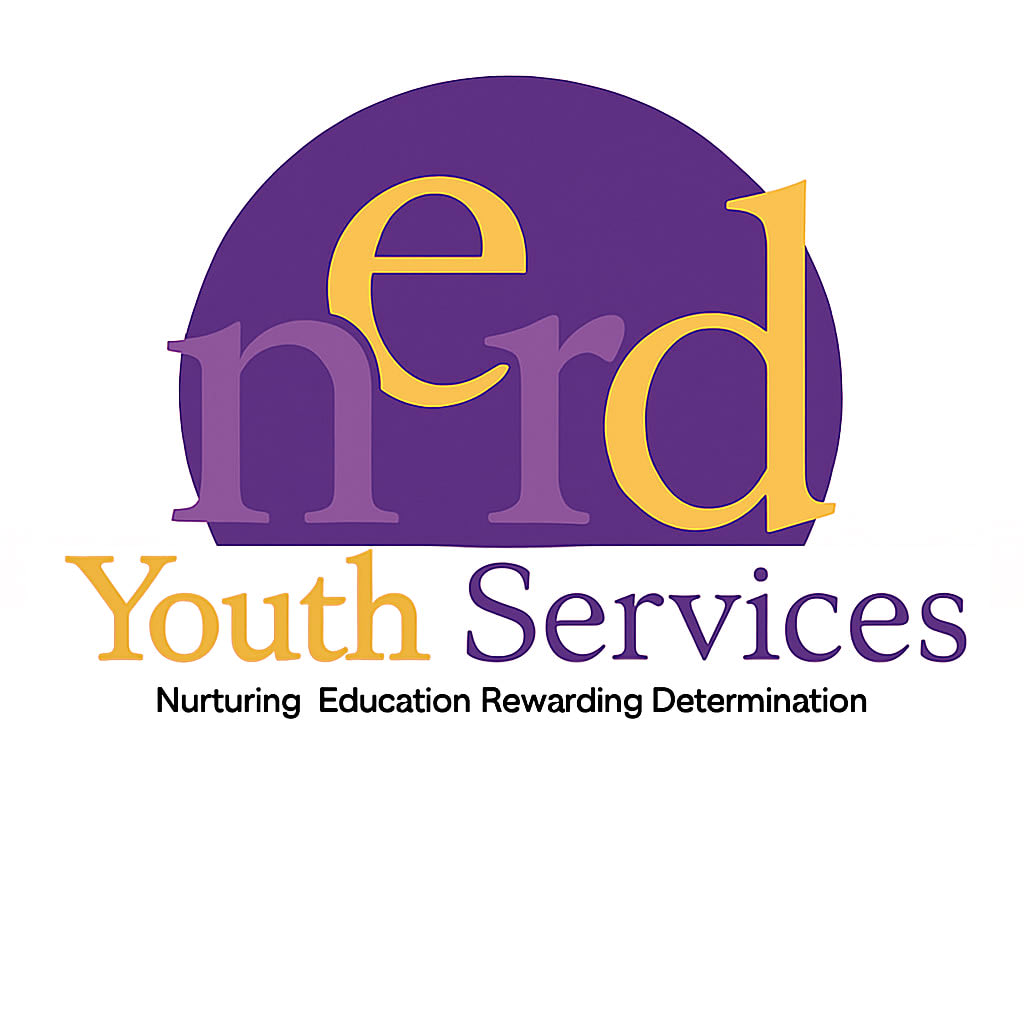Managing Creative and Extracurricular School Projects Without the Stress Spiral

Teachers already juggle lessons, grading, parent communication, and extracurricular coordination — and creative projects can easily push that balance into chaos. But these projects don’t have to drain your energy.
With a few structural habits, digital tools, and smart delegation, you can run inspiring student-led initiatives that feel manageable instead of maddening.
Quick Takeaways
● Organize project teams around clear roles and defined outcomes.
● Use digital dashboards or shared documents for visibility and accountability.
● Keep timelines realistic — build in breathing room.
● Don’t try to control every detail; design the structure and let students fill it.
● Automate reminders and approvals wherever possible.
Rethinking the Teacher’s Role
You are not the project manager in this situation; you’re the architect of the system that lets your students manage themselves.
The shift is simple but powerful: stop asking, “How can I track everything?” and start asking, “How can students show me their progress without me chasing them?”
This approach mirrors project-based learning frameworks promoted by Edutopia, where teachers design the framework, not the daily oversight.
By setting up tools like Google Workspace, you can track progress at a glance without manually monitoring every subtask.
How to Structure Student Teams
☑ Define team roles early
Assign roles such as:
● Project Lead (overall coordination)
● Creative Lead (design, visuals, or media)
● Writer/Reporter (communications or content)
● Logistics Manager (schedules, permissions)
● Archivist (photos, documentation, reporting)
☑ Align responsibilities with student strengths
Use personality-based pairing or allow students to select preferred roles. It increases ownership and accountability.
☑ Include reflection checkpoints
Weekly or bi-weekly five-minute reflections on “What worked?” and “What’s next?” keep momentum without formal meetings.
☑ Document everything
Encourage teams to record updates in a shared folder. This habit builds traceability and helps with grading later.
☑ Model your expectations
Show them what a concise report or visual summary looks like. A clear example reduces confusion more than a dozen reminders.
Keep Deadlines Real (and Flexible)
Creative projects move in loops — inspiration, experimentation, correction. Tight schedules suffocate creativity. Instead, design flexible scaffolds.
Here’s a simple project timeline formula you can adjust:
Project Phase
Teacher Focus
Student Deliverable
Ideal Duration
Kickoff
Define goals & roles
Team charters, task lists
1 week
Creation
Provide guidance, feedback
Drafts, prototypes
2–3 weeks
Review
Offer critique
Peer review & iteration
1 week
Showcase
Facilitate presentation
Final exhibition or report
1 week
Reflection
Collect learning evidence
Student self-assessments
1 week
You can manage the entire process through tools like Asana Education, which allow you to set visual deadlines and automate check-ins.
Coordinating a Yearbook Project
Large creative projects, such as the school yearbook, illustrate how structure saves sanity. Instead of personally chasing every deadline or layout, assign student teams specific roles and connect each team’s goals to a shared timeline.
By using a fully customizable yearbook design platform, teachers can guide the process without micromanagement. A yearbook for schools platform enables real-time collaboration, built-in templates, and even bulk ordering or rapid shipping, making it easy to manage logistics while students lead creatively.
The teacher’s energy shifts from productionto mentorship.
Common Mistakes (and Quick Fixes)
Mistake 1:Trying to do it all yourself.
Fix: Create a “decision map” — what students can decide, what requires approval, and what’s non-negotiable.
Mistake 2: Setting vague deadlines.
Fix: Label deliverables clearly: “Submit draft poster by Friday 3 p.m.”
Mistake 3:Tracking progress via email threads.
Fix: Move to a single, shared workspace or dashboard.
Mistake 4:Forgetting to celebrate milestones.
Fix: Public recognition or small in-class showcases build morale and reinforce accountability.
Frequently Asked Questions (FAQ)
How do I handle unmotivated students in project groups?
Encourage peer accountability. Assign teams to present short progress updates — social pressure often motivates more effectively than reminders.
What if I’m not tech-savvy?
Start with one digital tool (like Google Sheets). Add others only after students are comfortable.
How do I grade group work fairly?
Use self- and peer-assessments to balance team marks. Many teachers use rubrics from EdTech Teacheras templates.
How do I maintain oversight without hovering?
Set transparent checkpoints — brief updates every Friday or quick screenshot submissions. It keeps visibility high and stress low.
Your “Stress-Proof Project” Mini-Checklist
● Assign clear roles (Lead, Creative, Writer, etc.)
● Set deadlines for each phase — not just the final deliverable
● Use one communication hub
● Automate reminders through digital tools
● Make the first sentences of any brief crystal clear
● Build reflection moments into the timeline
● Celebrate completion visibly
Tool Spotlight – ClickUp University
If you’re tired of juggling multiple apps, ClickUp offers a single workspace for tasks, goals, timelines, and collaboration. Teachers can visualize progress with Gantt charts, automate follow-ups, and track student contributions — all without endless meetings or emails.
Conclusion
Managing extracurricular or creative school projects doesn’t have to lead to burnout. When teachers act as architects of systems, not supervisors of chaos, creative projects become joyful, self-sustaining learning ecosystems.
The secret isn’t doing less — it’s designing better.
Contact Us
Reach Out to Us Today - We're Here to Help!
Fill out the form below, and a member of our dedicated team will get back to you promptly. Help us make a difference in the lives of our youth. Contact us today!
